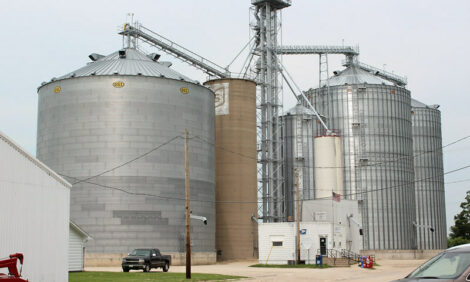



USMEF Investigates Russia Beef Market
US - Russia has been closed to U.S. beef for just over three years and during that time the competitive landscape of the market has changed. As the market is in the process of reopening, the U.S. Meat Export Federation (USMEF) is investigating the changes to develop an effective re-entry plan for the U.S. beef industry.The European Union (EU) held a 33 percent share of the Russia beef import market in 2004, but a decrease in subsidies by the EU has dropped beef production. From 1990 to 2004 beef production in the EU dropped by 18 percent. As a consequence, in July 2006 the EU agreed to give up 233,000 metric tons (mt) of its beef quota for Russia to other countries because it was unable to fulfill its quota of 343,000 mt.
And the beef situation in the EU does not appear to be turning around anytime soon. The Food and Agriculture Organization of the United Nations predicts another 6 percent decline in EU beef production from 2005 to 2015.
South America has become a major supplier of beef to Russia, and with the EU giving up most of its quota, opportunities are now opening for competitors like the United States.
“Russia has the potential of becoming a large market for U.S. beef,” said Ricardo Vernazza-Paganini, USMEF director, Central & South America and global strategic coordination. “Assessing the market situation and consumer attitudes will assist USMEF and U.S. companies to successfully re-enter and expand the market.”
When the market closed at the end of 2003, Russia was the fifth largest market for U.S. beef and beef variety meat. A bilateral trade agreement signed Nov. 19, 2006 between the United States and Russia will provide access for both boneless and bone-in beef from animals 30 months of age or less and will lead to broader access to U.S. beef in mid-2007.
Vernazza-Paganini has been working directly with Maria Kulakhmetova, USMEF manager of St. Petersburg and CIS countries. In the past four months, USMEF has surveyed many member companies that exported U.S. beef to Russia to identify what information would help them develop a successful re-entry strategy.
USMEF will gather information in the market for 14 days starting Jan. 22 to measure the market size for high quality beef and beef variety meat in restaurants and retail stores and to assess consumer and buyer attitudes toward U.S. beef and other imported beef items.
For high quality beef, USMEF will assess the number of restaurants and retail stores that feature imported or premium beef. Then, the country-of-origin and the quality of the imported items will be noted. The quality will be compared to U.S. beef and preferences regarding marbling, meat color, tenderness and packaging will be determined. Also, USMEF will identify whether restaurateurs and retailers will shift to U.S. beef and at what price premium.
For variety meat, suppliers will be identified, quality will be compared to U.S. beef and price point information will be gathered. The United States should have opportunities for beef livers and hearts since the items are competitive in price and are popular in Russia.
Once the data is collected, it will be analyzed and used by USMEF to create a re-entry strategy. It will also be supplied to USMEF members to develop individual company strategies.
Certain steps will have to be taken before U.S. beef exports can resume: Russian officials must visit and audit U.S. meat plants; USDA Food Safety and Inspection Service must update its library with new export requirements; and an Export Verification program from USDA Agricultural Marketing Service must be published.
The U.S. Meat Export Federation is the trade association responsible for developing international markets for the U.S. red meat industry. It is funded by USDA, exporting companies, and the beef, pork, lamb, corn, sorghum and soybean checkoff programs.
TheCattleSite News Desk


